
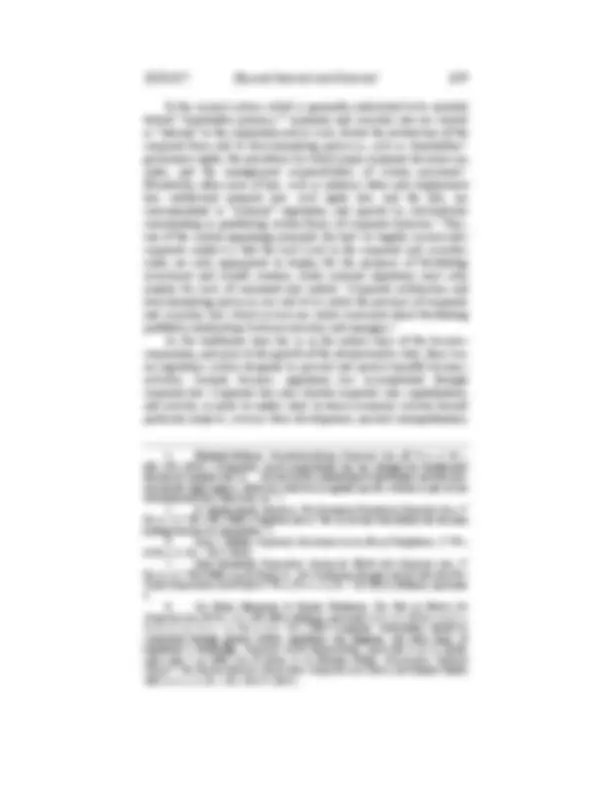

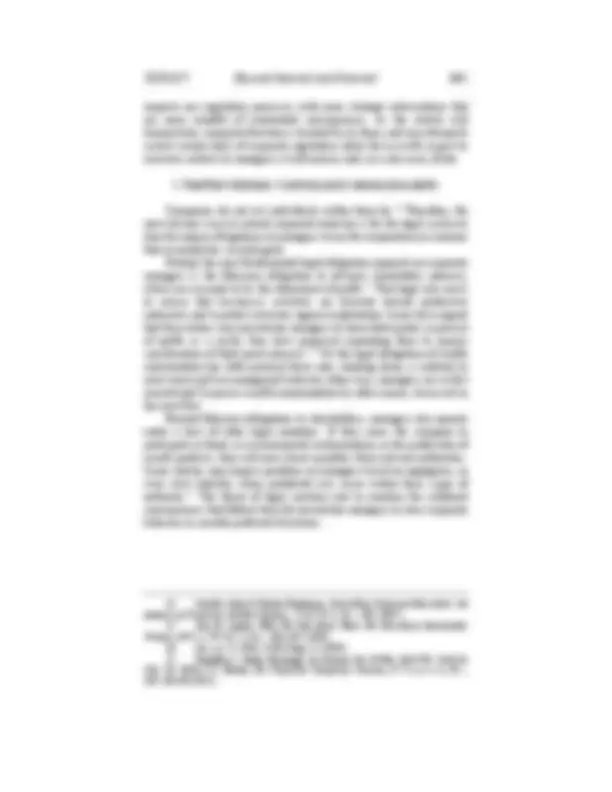
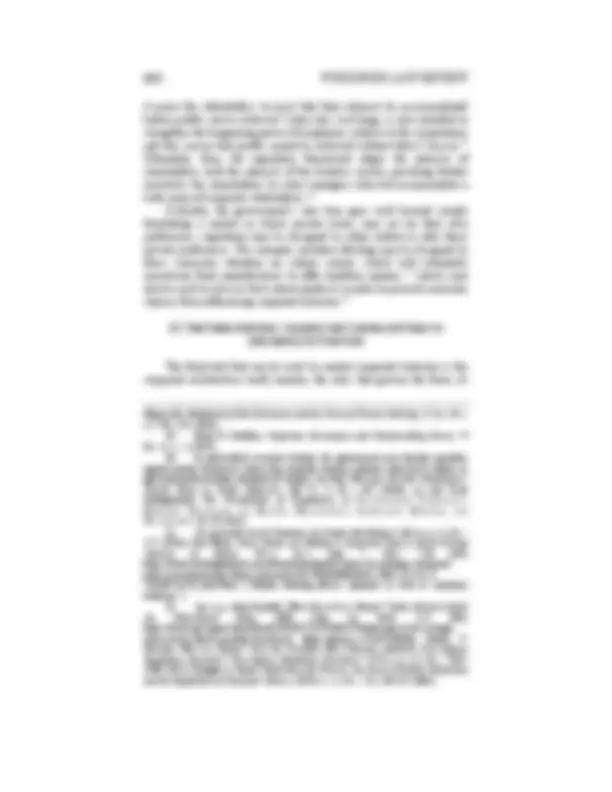
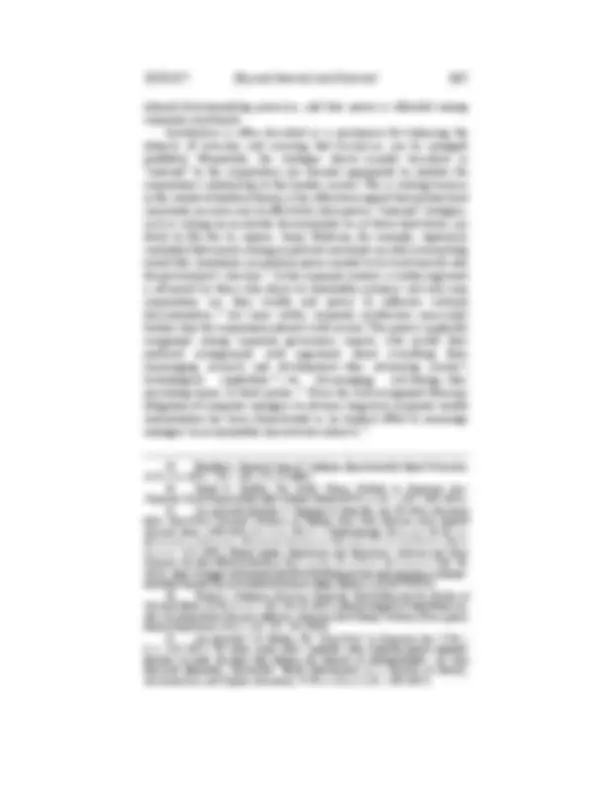
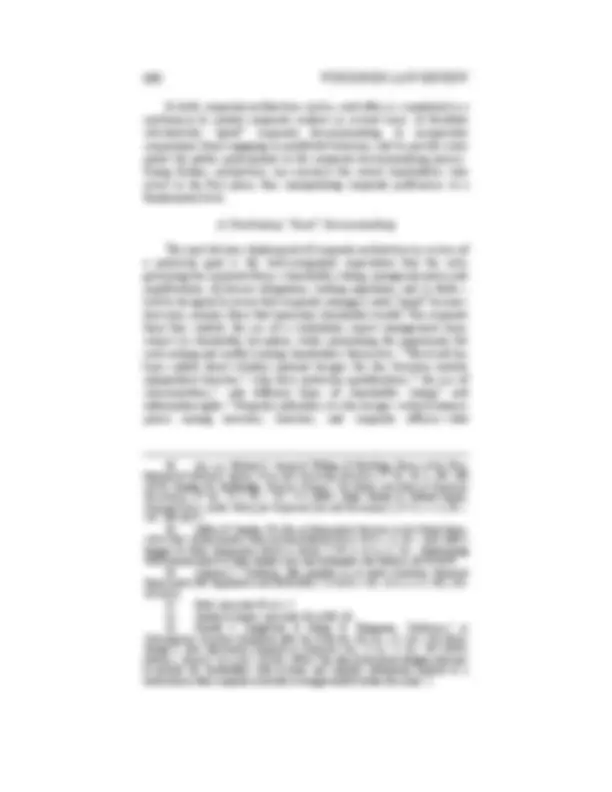
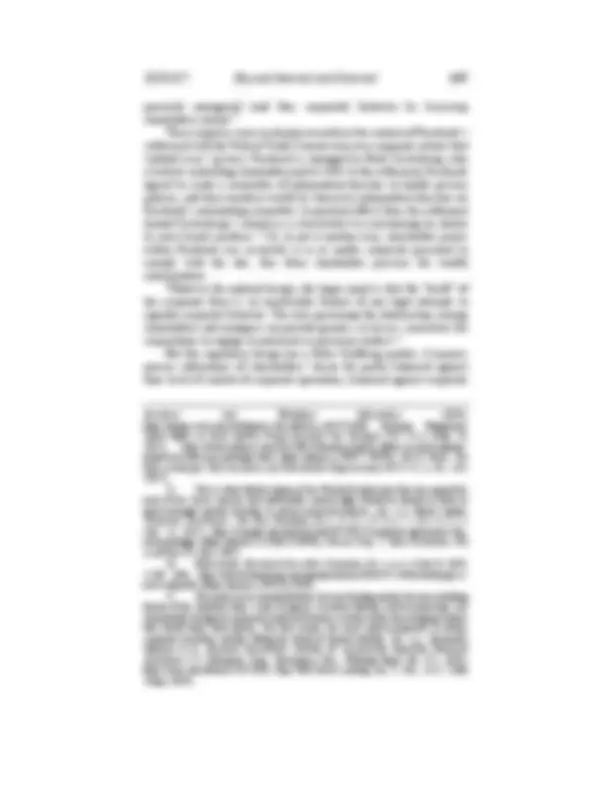
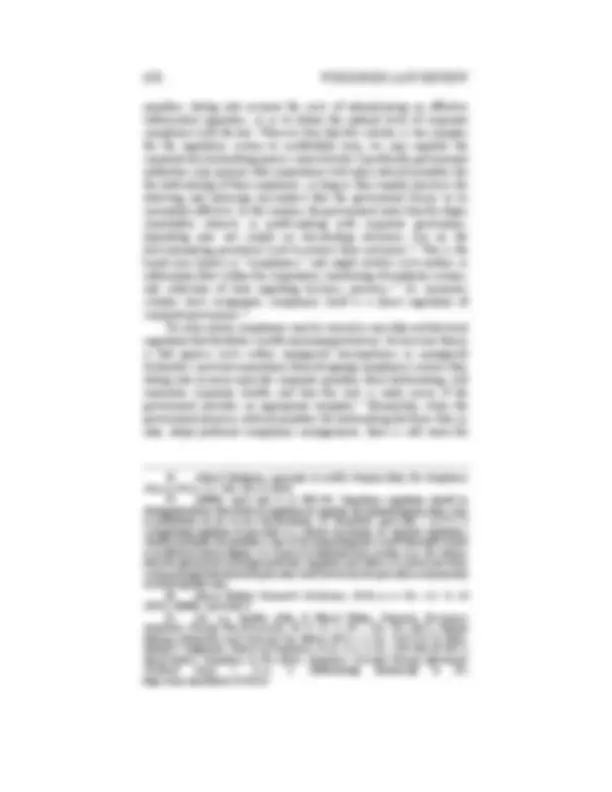
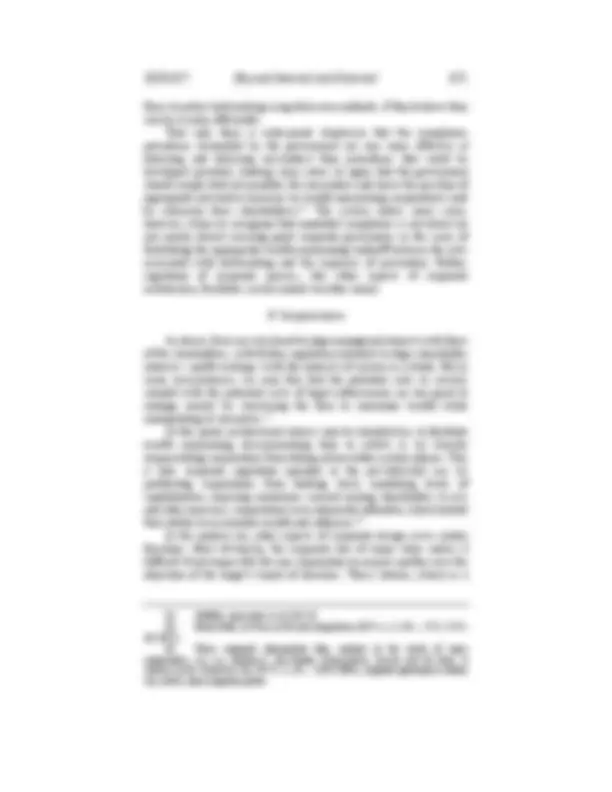
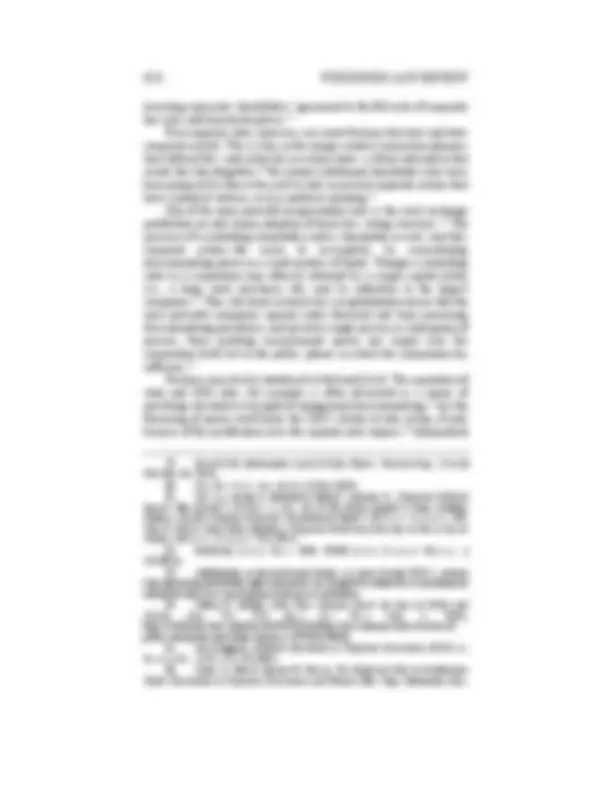
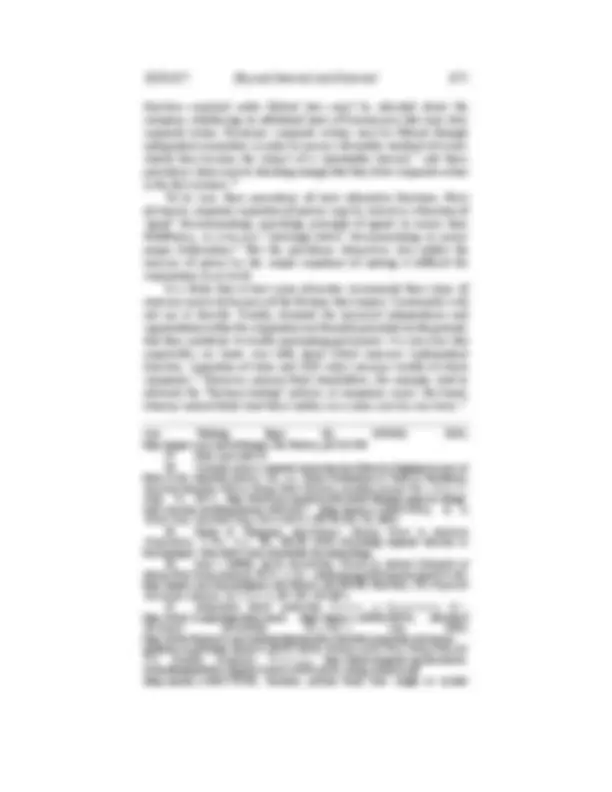
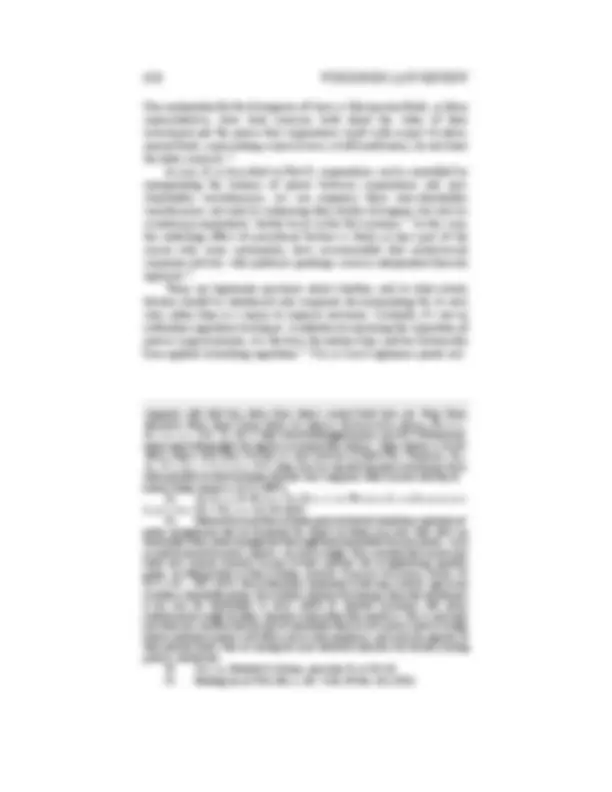
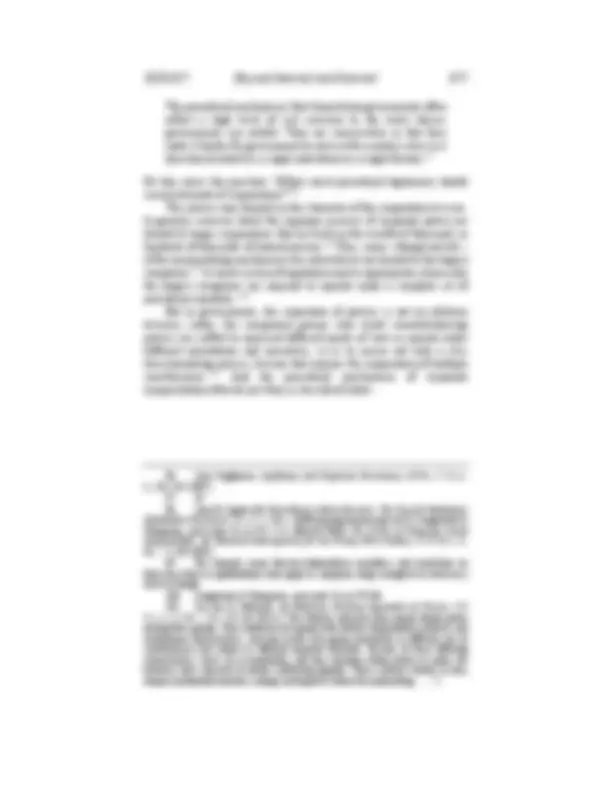

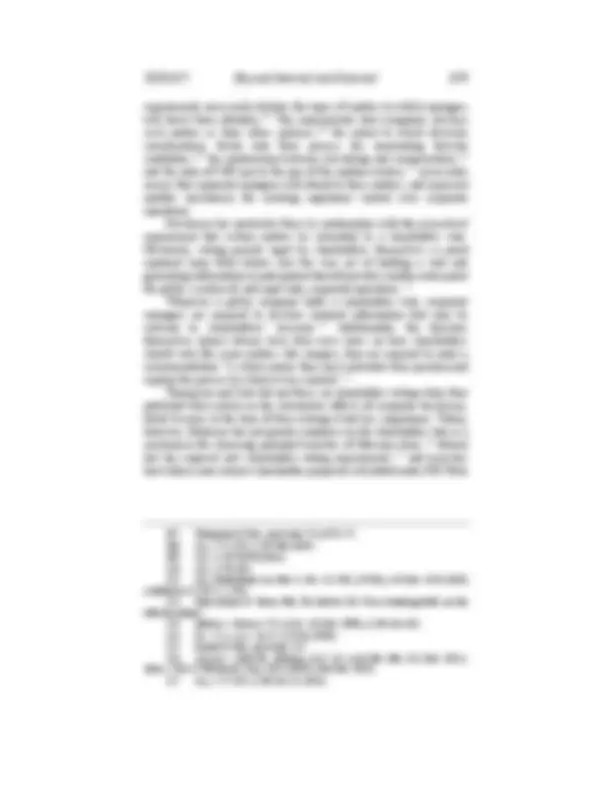
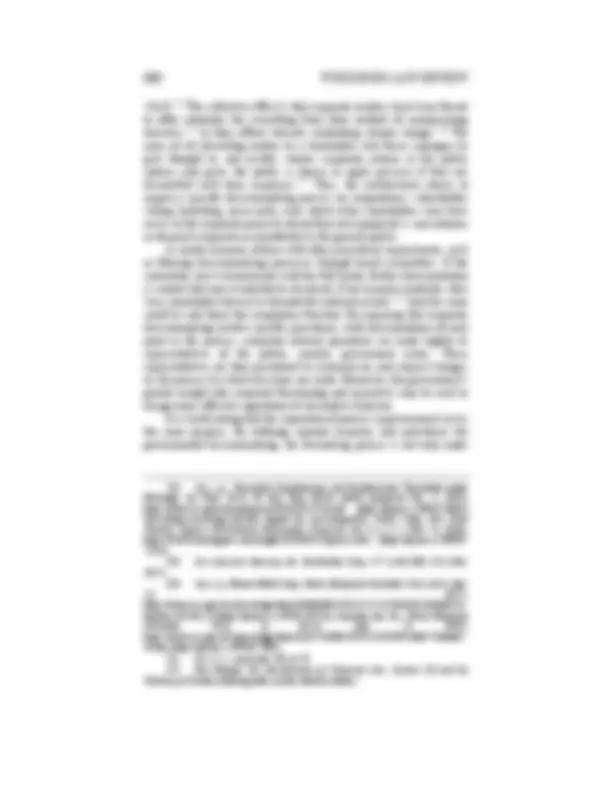
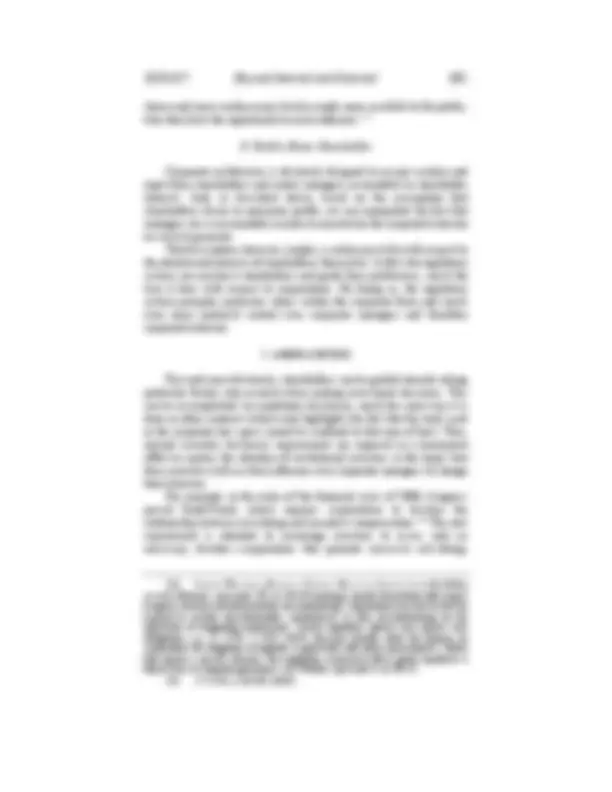
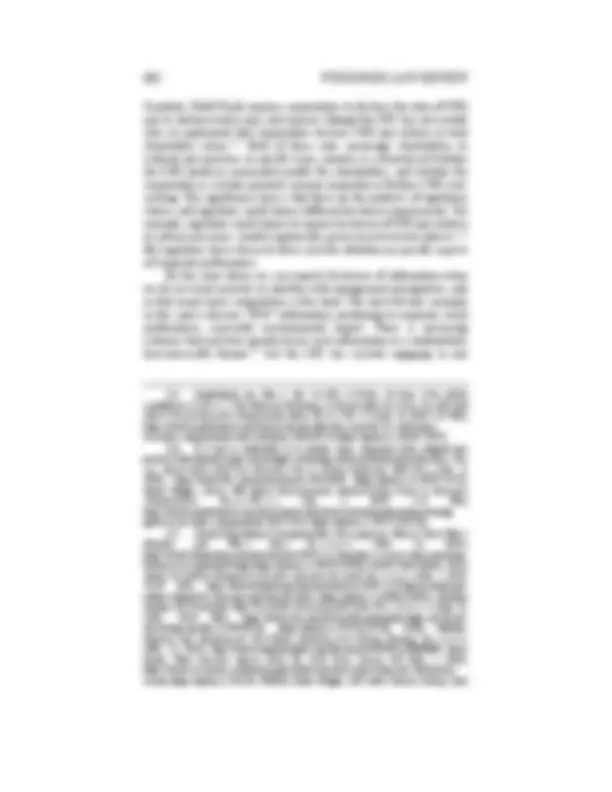
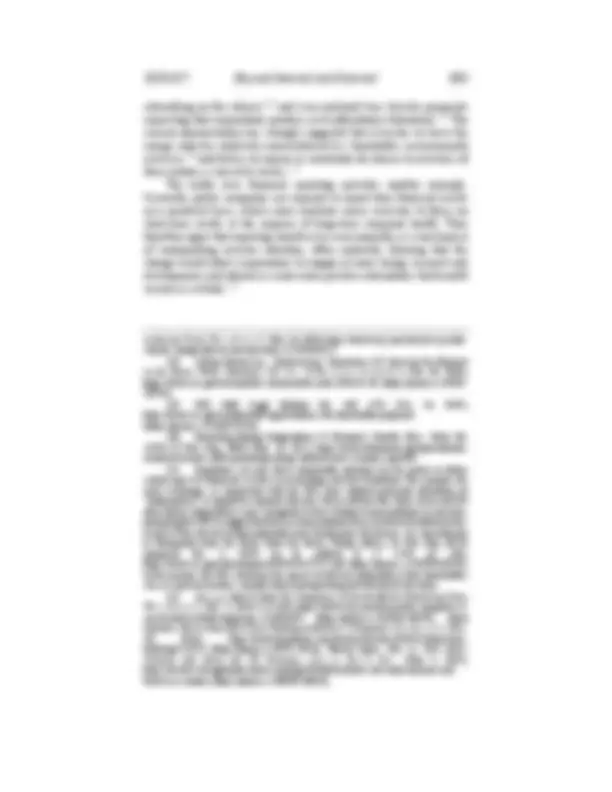
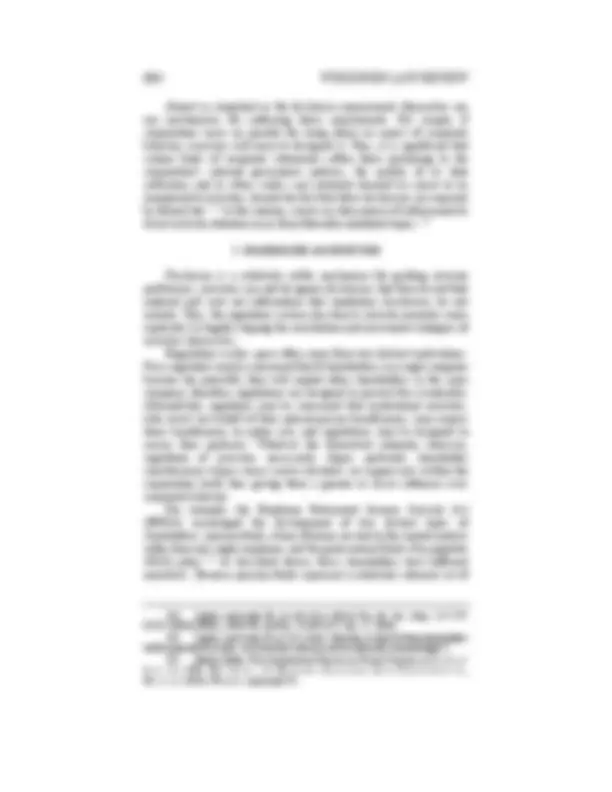

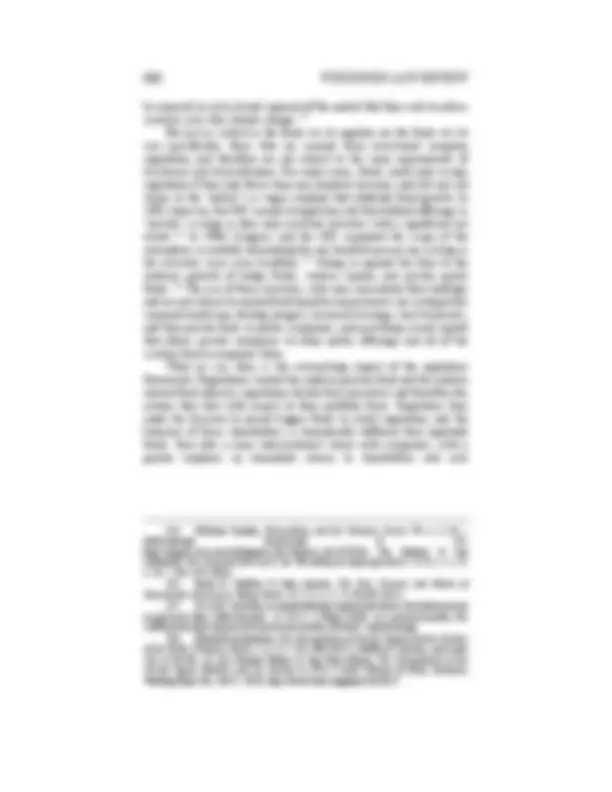
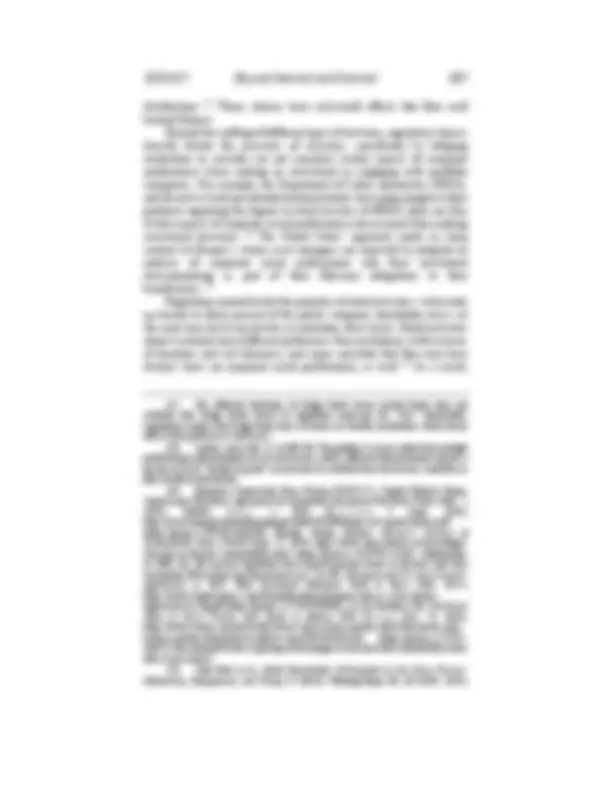
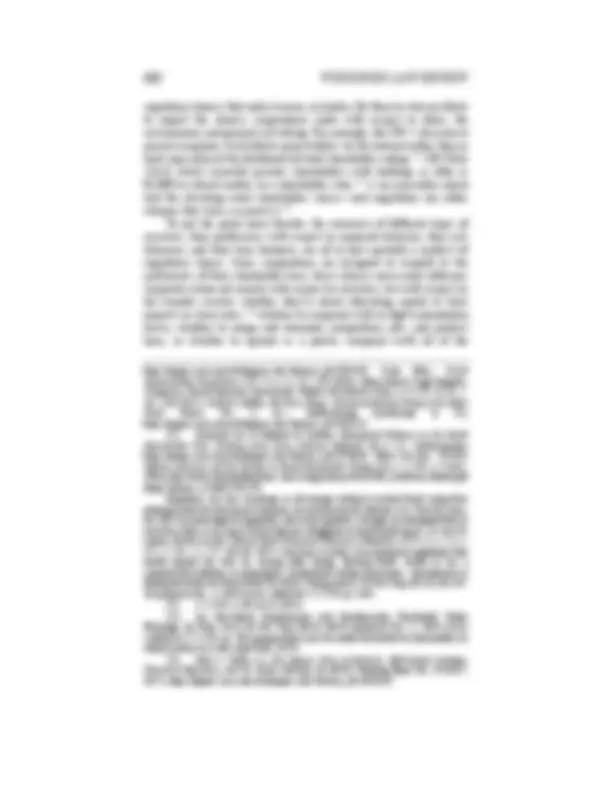

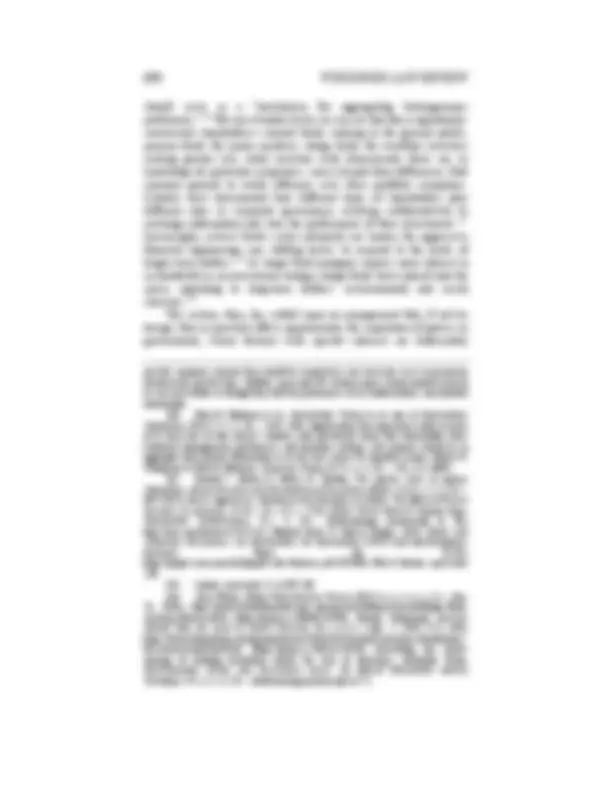
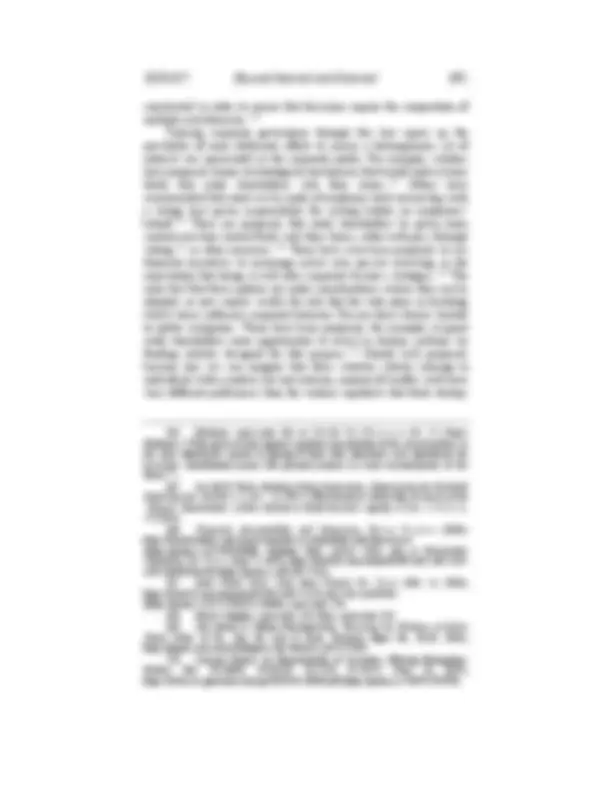
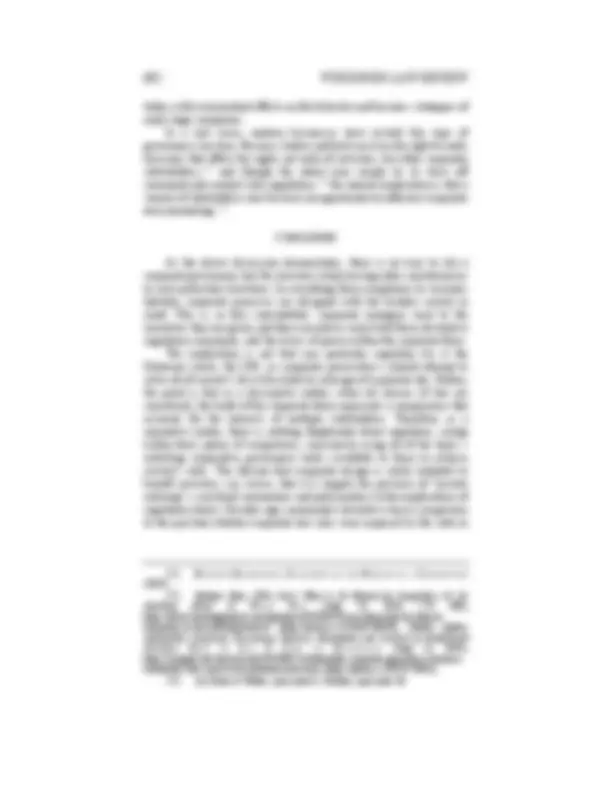



Study with the several resources on Docsity

Earn points by helping other students or get them with a premium plan


Prepare for your exams
Study with the several resources on Docsity

Earn points to download
Earn points by helping other students or get them with a premium plan
Community
Ask the community for help and clear up your study doubts
Discover the best universities in your country according to Docsity users
Free resources
Download our free guides on studying techniques, anxiety management strategies, and thesis advice from Docsity tutors
Corporate discourse often distinguishes between internal and external regulation of corporate behavior. The former refers to internal decisionmaking.
Typology: Study notes
1 / 37

This page cannot be seen from the preview
Don't miss anything!






























Corporate discourse often distinguishes between internal and external regulation of corporate behavior. The former refers to internal decisionmaking processes within corporations and the relationships between investors and corporate managers, and the latter refers to the substantive mandates and prohibitions that dictate how corporations must behave with respect to the rest of society. At the same time, most commenters would likely agree that these categories are too simplistic; relationships between investors and managers are often regulated with a view toward benefitting other stakeholders. As a result, this Article will seek to develop a taxonomy of tactics available to, and used by, regulators to influence corporate conduct, without regard to their nominal categorization of “external” or “internal” (or “corporate” and “non-corporate”) in order to shed light on how those categories both obscure and misdescribe the existing regulatory framework. By reframing the shareholder/stakeholder debate, we can identify underutilized avenues for encouraging prosocial, and discouraging antisocial, corporate action, and recognize areas of contradiction and incoherence in current regulatory policy. Finally, this exercise will demonstrate how corporations, far from being “privately” ordered, are in fact the product of an overarching set of choices made by state actors in the first instance.
∗ Michael M. Fleishman Associate Professor in Business Law and Entrepreneurship, Tulane Law School. I am grateful for the thoughtful comments of Adam Feibelman, Elizabeth Pollman, the participants in The New Realism in Business Law and Economics conference hosted by the University of Minnesota Law School, and the participants in the Fourth Annual Tulane Corporate and Securities Roundtable.
THE L AW OF THE UNITED STATES 1780-1970, at 161–62 (1970); Adam Winkler, Corporate Law or the Law of Business?: Stakeholders and Corporate Governance at the End of History , 67 L. & CONTEMP. PROBS. 109, 110–11 (2004); Pollman, supra note 4 , at 646–47.
about the company’s long-term value, serves a critical role in ensuring that the company is actually meeting the public’s needs.”).
Harper Ho, Nonfinancial Risk Disclosure and the Costs of Private Ordering , 55 AM. BUS. L.J. 407, 452 (2018).
Incentives and Workplace Misconduct (2019), https://papers.ssrn.com/sol3/papers.cfm?abstract_id=3511638; Gretchen Morgenson, Safety Suffers as Stock Options Propel Executive Pay Packages , N.Y. T IMES (Sept. 13, 2015), https://www.nytimes.com/2015/09/13/business/safety-suffers-as-stock-options- propel-executive-pay-packages.html [https://perma.cc/FM77-UKT6]; Jill E. Fisch, The Mess at Morgan: Risk, Incentives and Shareholder Empowerment , 83 U. CIN. L. REV. 651 (2015).
Law Working Paper No. 429/2018, 2019), https://papers.ssrn.com/sol3/papers.cfm?abstract_id=3312596.
companies with dual-class shares from indices; mutual funds have not. Ning Choiu, BlackRock Wants Equal Voting Rights but Opposes Exclusion from Indexes , BRIEFING: GOVERNANCE (Oct. 23, 2017), https://www.briefinggovernance.com/2017/10/blackrock- wants-equal-voting-rights-but-opposes-exclusion-from-indexes/ [https://perma.cc/4A5N- 5BSL]; Major Stock Index Providers to Limit Inclusion of Multi-Class Companies , E UR. AM. CHAMBER OF COMMERCE N.Y., https://eaccny.com/news/member-news/major-stock- index-providers-to-limit-inclusion-of-multi-class-companies-what-it-means-and-why-it- matters/ [https://perma.cc/A7C2-EFF5].